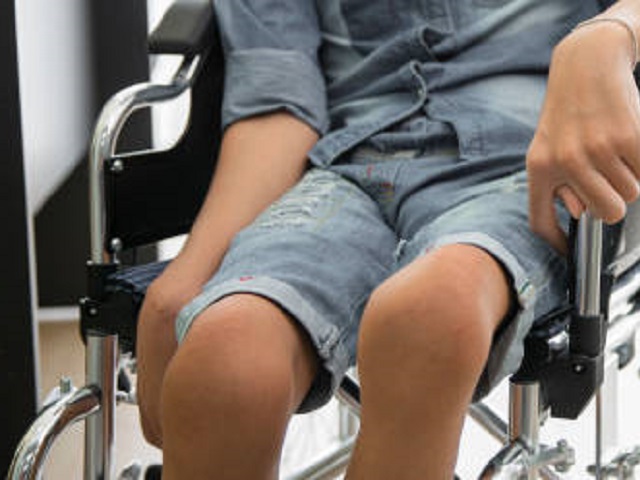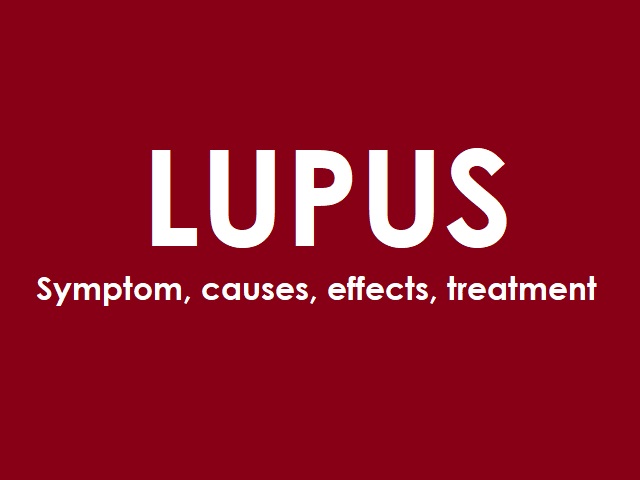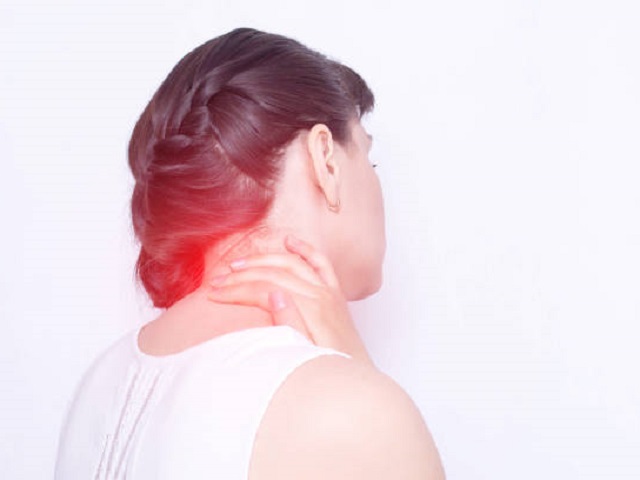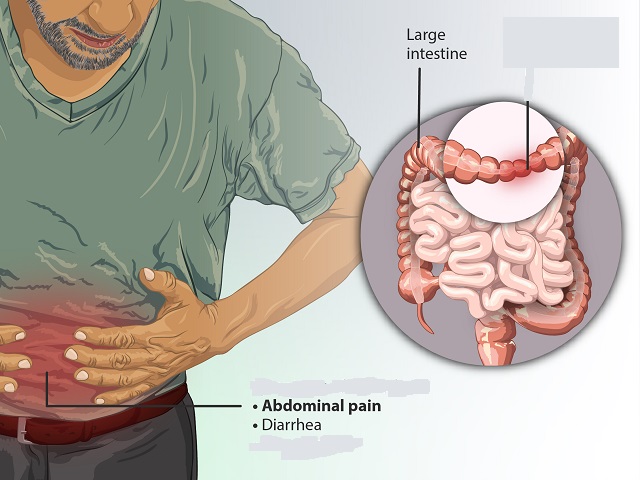3 Signs You May Have Polio -- Symptoms, Causes, Effects, Treatment and Prevention
Polio, also known as poliomyelitis, is a highly infectious viral disease that primarily affects young children. It is caused by the poliovirus, which is spread through contaminated food, water, and direct contact with an infected person. Polio can lead to paralysis and even death in severe cases. However, the disease can be prevented through vaccination.
Symptoms of Polio:
The majority of individuals infected with the poliovirus do not exhibit any symptoms. However, in some cases, the following symptoms may occur:
- Flu-like symptoms: Mild symptoms such as fever, sore throat, headache, fatigue, and nausea may be present.
- Meningitis: In some instances, polio can lead to meningitis, which is characterized by stiffness of the neck and pain.
- Paralysis: In rare cases, polio can cause muscle weakness or paralysis, typically in the legs but sometimes in the arms or other parts of the body.
Causes of Polio:
Polio is caused by the poliovirus, which is primarily transmitted through the fecal-oral route. It can spread through:
- Contaminated water: Consuming water or food contaminated with the poliovirus can lead to infection.
- Person-to-person contact: Direct contact with an infected person's saliva or feces can also transmit the virus.
Effects of Polio:
Polio can have severe consequences, including:
- Paralysis: The virus attacks the nervous system, leading to muscle weakness or paralysis, which can be temporary or permanent.
- Breathing difficulties: If the muscles involved in breathing are affected, it can lead to respiratory problems and potentially require mechanical ventilation.
- Post-polio syndrome: Some individuals who have recovered from polio may experience a condition called post-polio syndrome, which involves new muscle weakness, pain, and fatigue.
Treatment of Polio:
There is no specific cure for polio. Treatment mainly focuses on supportive care, which may include:
- Bed rest: Resting and limiting physical activity can help reduce the risk of complications.
- Pain management: Over-the-counter pain relievers can be used to alleviate symptoms such as headache and muscle pain.
- Physical therapy: Rehabilitation programs, including physical therapy, can help individuals recover muscle strength and function.
Prevention of Polio:
Polio can be prevented through vaccination. The oral polio vaccine (OPV) and the inactivated polio vaccine (IPV) are highly effective in protecting against the disease. Routine immunization programs, along with efforts to maintain high vaccination coverage, are crucial in preventing the spread of polio.
References:
World Health Organization. (2021). Poliomyelitis (polio). Retrieved from https://www.who.int/news-room/fact-sheets/detail/poliomyelitis
Centers for Disease Control and Prevention. (2021). Polio (Poliomyelitis). Retrieved from https://www.cdc.gov/polio/index.htm














